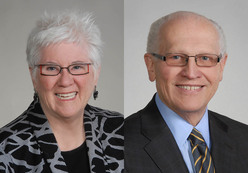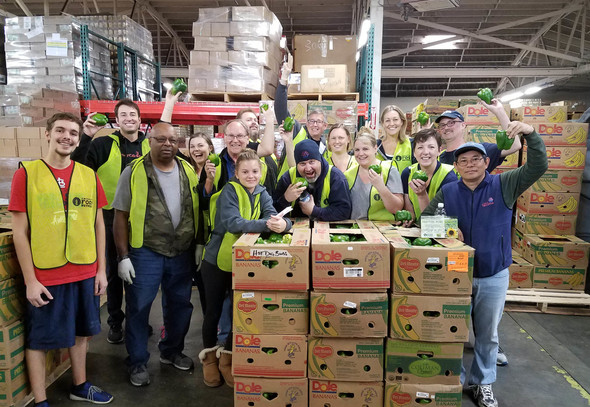|
Sept. 19, 2017
In this issue:
Commissioners will hear a second reading - and possible adoption of - a resolution to update our current greenhouse gas reduction targets in keeping with the Paris climate accord. The meeting will be on Thursday, Sept. 21.
In addition, commissioners will consider a five-year lease with Fibres International, Inc., decide on adjusting property boundary lines at the Prologis site, act on a request to declare various Whirley Crane parts surplus. They will also hear a request to approve $25,000 to help fund the 11th Street Bridge Study. The meeting starts at noon. See the full agenda.
Commission meetings are held in Room 104 of the Fabulich Center, 3600 Port of Tacoma Rd. Meetings are streamed live.
 Commissioners Clare Petrich and Don Johnson wrote an op-ed in The News Tribune about the Puget Sound Energy's LNG project. In it they say:
“We moved forward with this project after careful consideration, including the future of the shipping industry, environmental benefits and safety of the Tideflats and surrounding community.”
…
“Switching to LNG means a 90 percent reduction in diesel particulate matter, a known carcinogen and threat to public health.”
…
“Because there is so much misinformation in the community about this project, we have created a page on our website at www.portoftacoma.com/lng. This site provides primary-sourced information as well as links to other resources. “
…
“We, and the hundreds of dedicated public servants who work at the port, are here to protect the natural environment, invest in our community and ensure the Tideflats remains an engine for our local and regional economy.”
Read the full text.
|
 A crew of volunteers from the Port of Tacoma spent last Saturday helping the folks at the Emergency Food Network repack more than 13,000 pounds of peppers.
The Repack Project prepares bulk foods for distribution to food banks by repackaging the food into smaller, family portions.
 |
|
In August, we partnered with the 2nd Stryker Brigade Combat Team and the 833rd Transportation Battalion out of Joint Base Lewis–McChord.
The unit was conducting an Emergency Deployment Readiness Exercise (EDRE) in preparation for its training rotation to the National Training Center at Fort Irwin in California.
The EDRE was designed to test the unit’s ability to rapidly deploy its forces and also transport more than 1,900 pieces of equipment out of the Port of Tacoma at very short notice.
Photo courtesy of Spc. Adeline Witherspoon
|
 The Milwaukee Habitat Area is one of the busiest and most popular spots in the Tideflats, but few have ever been there.
Despite the scarcity of human visitors, the site is very popular with young salmon, eagles and limpets—among other wildlife. The site is one of many examples of the Port of Tacoma’s commitment to the environment as well as our effort to restore wildlife habitat in the Tacoma Tideflats.
This 30-acre mitigation site was developed in 1995 when the port filled a large portion of the Milwaukee Waterway to expand and improve the operational efficiency of APM Terminals (now West Sitcum Terminal). “To make up for our industrial development in the Tideflats, the port has restored more than 100 acres of habitat,” explained Jenn Stebbings, the port’s biologist. “These sites support salmon and a wide variety of plants and other wildlife. They’re also fun places to visit because you never know what critters you might see.”
The Milwaukee Waterway’s intertidal and shallow subtidal habitat provides food and shelter for a wide range of animals and organisms—from mussels, crabs and worms to birds and salmon that feed on forage fish and other small organisms.
Find out about the port’s other habitat restoration sites.
|